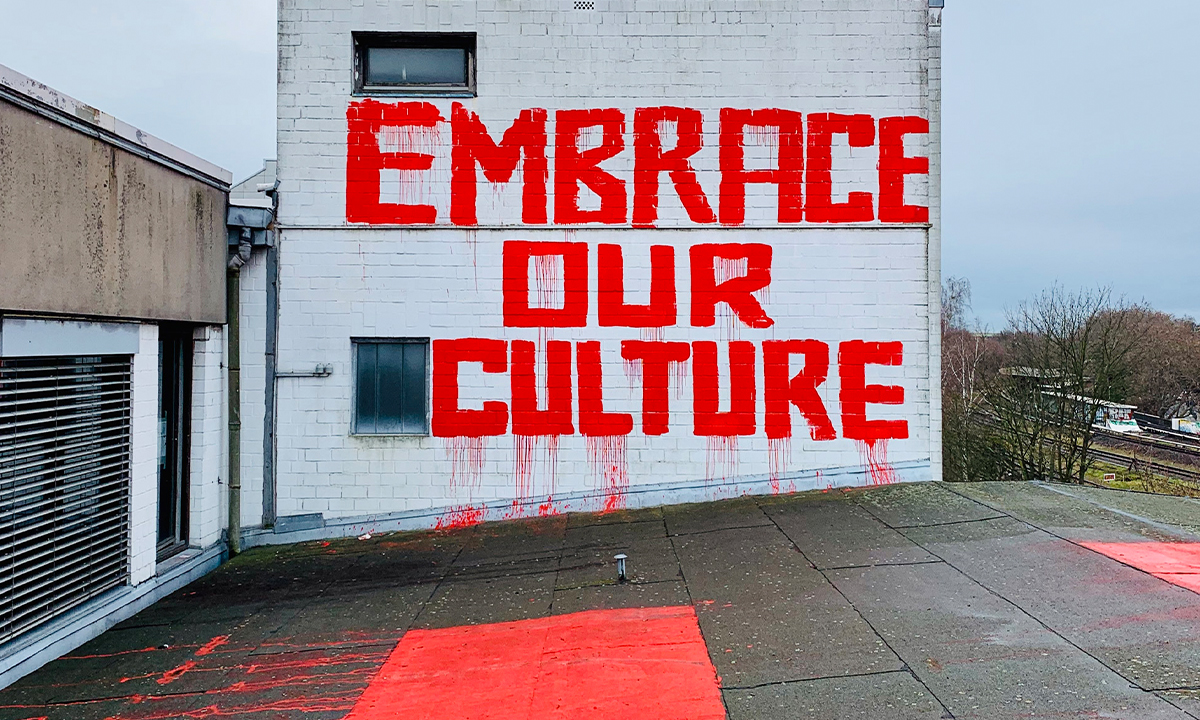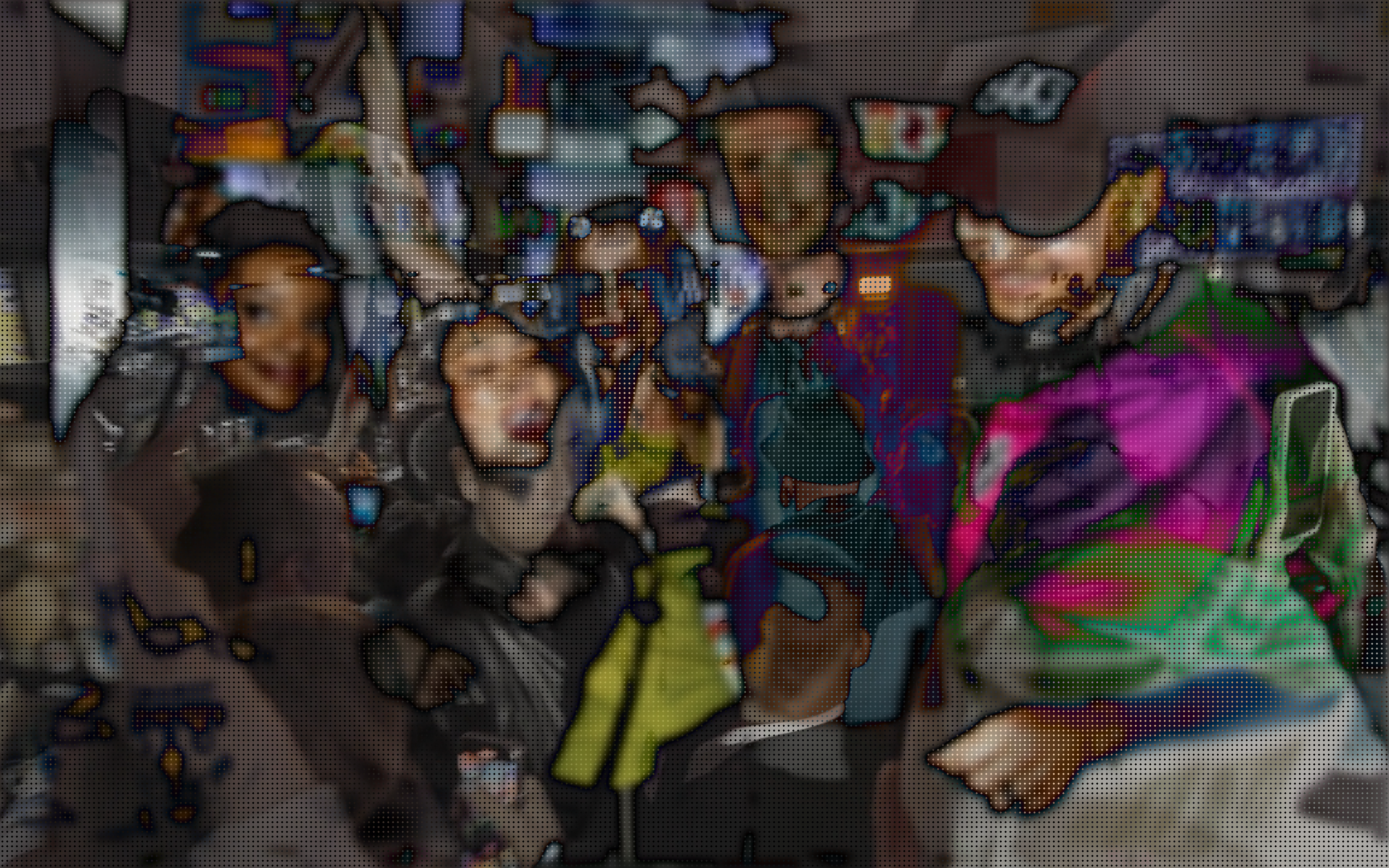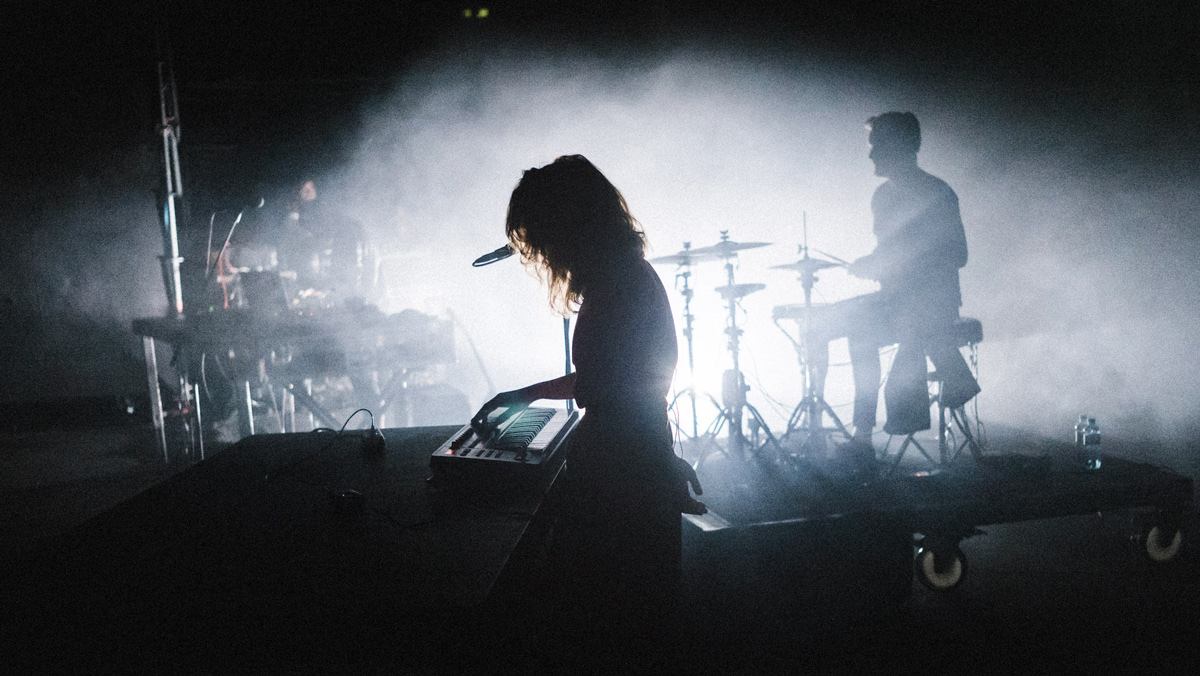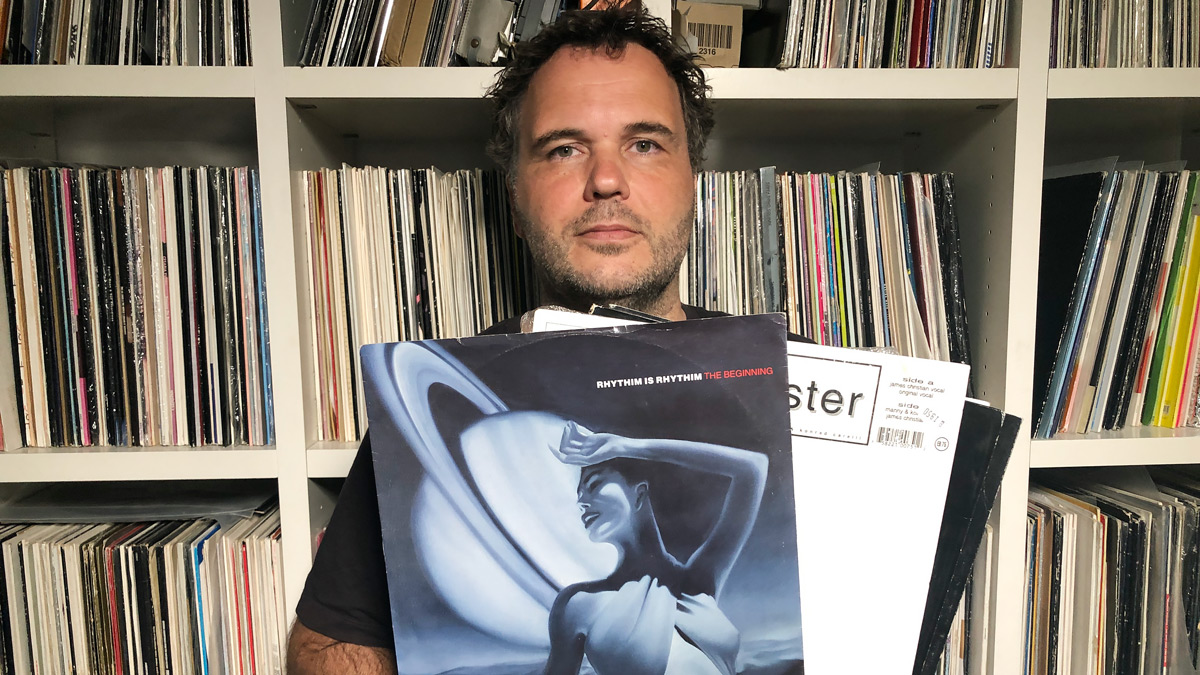A very contemporary animation style has deep roots—and the results were astonishing.
With graphics getting more slick, more hi-def, and more realistic every passing year, its good to remind oneself of the trippy effects film pioneers could create in the early days of experimental cinema and animation.
This Fleischer Studios classic comes from 1932 and features an early use of rotoscoping, a technique Max Fleischer himself invented which involves tracing over film footage for hallucinogenic copies of realistic action. A stunning modern example would be Richard Linklater’s adaptation of A Scanner Darkly. In Fleischer’s Minnie The Moocher , he uses rotoscoping to morph Cab Calloway’s big band dance moves into a spectral walrus getting his groove on. Yep, cartoons were just as absurd back then, too.
Read More: These Soviet Films Inspired Contemporary Russian Dance Music
(via Atlas Obscura)

















































